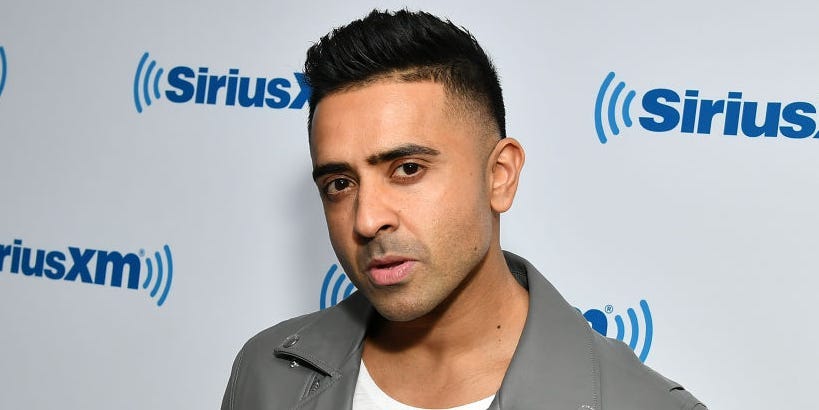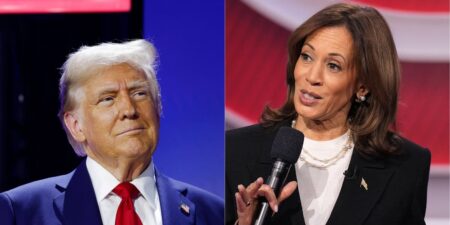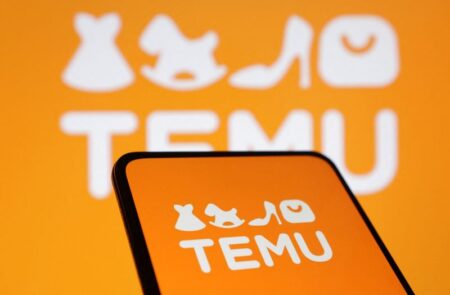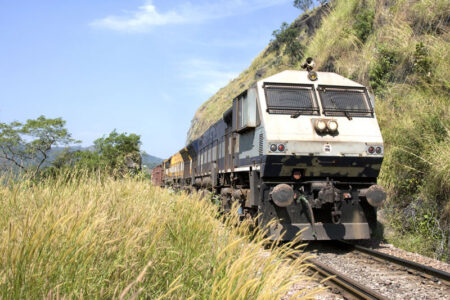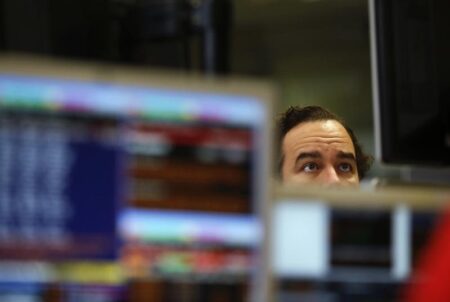When British-Indian artist Jay Sean first broke into the mainstream music scene two decades ago, he felt he had no choice but to sing in English.
“It wasn’t as alienating as Punjabi coming from a Punjabi on stage,” the singer, now 43, told Business Insider. He found subtle, creative ways to express his Indian roots in his music instead. “It would either be a Bollywood sample or it would be Eastern strings, or it would be the Indian flute,” he said.
The world may not have been ready for Sean to sing in Punjabi, but it was ready to make him a star. By the mid-2000s, he’d become the first South Asian artist to top the Billboard Hot 100, the first South Asian artist to perform on “Top of the Pops,” and the first British Asian artist to have simultaneous Top 10 Billboard singles in the US.
It would take a bit longer for Punjabi music to find its groove in the West. It was only once Sean saw K-pop go mainstream, Afrobeats being played on the radio, and Pitbull rapping in Spanish that he thought, “Why can’t we have our artists who are doing the same?”
Now, that’s finally happening. Artists like Diljit Dosanjh and AP Dhillon are singing and rapping in Punjabi over Western beats. And they’re not just catering to a niche Indian audience — they’re filling stadiums from Canada to Germany to Australia with thousands of fans and taking over late-night stages while proudly busting out Bhangra moves.
It’s a very different media landscape than the one Sean and people of his generation and ethnicity, like me, grew up in. As a Pakistani who moved to the US in 2002, right after 9/11, people of my background were not exactly celebrated in Hollywood. We were cast as exotic oddities in movie franchises like Indiana Jones, or as comedic fools like Apu in “The Simpsons.” The West perceived South Asians as one-dimensional when in reality, we encompass a large geographic region that includes India, Pakistan, Sri Lanka, Bangladesh, Nepal, Bhutan, and Afghanistan.
“For the longest time, I used to say if you were from another planet, you wouldn’t think there’s any Indians walking around anywhere,” Sean said. “It was very hard to name even two or three South Asian artists in the mainstream music industry.”
Now, this demographic has grown so much that it will be hard for the music industry to ignore. A 2023 report from Luminate shows that India alone saw the biggest year-over-year increase in total annual on-demand music streams of any nation last year. Its 2023 total streams were up by nearly half a trillion plays (+463.7 billion) from 2022. The US, by contrast, saw a year-over-year increase of just 184 billion.
The internet has helped serve as a great equalizer in helping music go global. When Sean began his career, the way to get discovered was by showcasing your talents to record labels. Now, talent all over the world is emerging through platforms like YouTube and TikTok.
“You could be in the most remote village somewhere, and if you’ve got access to the internet and you’ve uploaded yourself singing — boom, you are out there for the whole world to discover you,” Sean said.
In fact, one of today’s hottest Indian artists, Diljit Dosanjh, first broke through in 2020 when he entered Billboard’s Social 50 chart, which ranks the most active artists on the world’s leading social media platforms. It was his 11th album that finally got him there. In 2023, he became the first Indian artist to perform at Coachella.
With the winds of change moving East, Jay Sean wants to find more South Asian artists and promote them. His record label 3AM Entertainment has partnered with Virgin Music Group and Range Media Partners to focus on artists from the South Asian diaspora, regardless of genre. You can see his eyes glow with excitement as he talks about the project.
“Our first signing is an absolutely phenomenal artist called Veyah. I saw her on TikTok singing from her kitchen, and I was like, ‘I don’t know who you are or where you are, but you need to be in a music studio, not in a kitchen with a voice like that.'”
Finding new South Asian talent is part of Sean’s effort to give back to his community.
“It really was and has been important for the last 20 years for me to try and push that door down so that our rest of our people can come through,” he said. “So I was like, ‘Nah, I’m not going to rest until I know that we are good here.'”
Read the full article here







